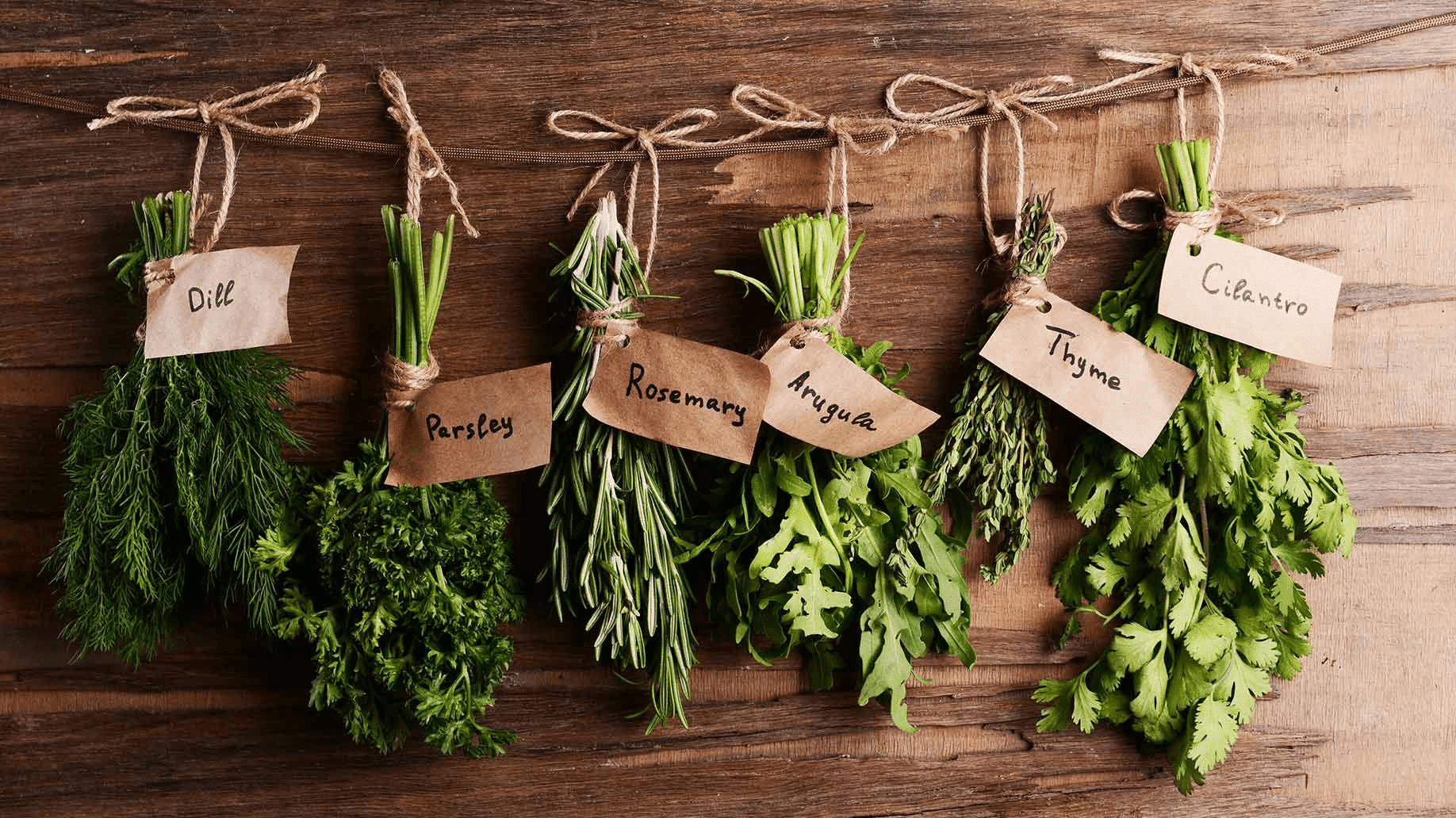Today, I would like to tell you how you can grow organic herbs of your own, indoors or outdoors. Herbs make good “starter plants” if this is your first time trying your hand at organic gardening because they are easy to grow. All you need is to follow the process below and give them a little love.
The first step in planting any garden is to decide which plants you’d like to include in your garden. Rosemary, savory, and sage are strong herbs that will become a dish’s main flavor, while thyme, dill, and mint are less strong, and will improve or change a meal’s taste. Basil is always a popular choice, as well.
Once you’ve chosen the herbs you’d like to grow and bought organic seeds from a local nursery, you’ll need to read all the seeds’ packages to understand how acidic or basic the soil should be for the plant to flourish.
Test the pH level of your soil using a soil test kit from a nursery or hardware store. If the pH level needs to be raised (made more basic), you can do this by adding oyster shell lime to the soil. If the pH level needs to be lowered (made more acidic), you can add sulfur.
Growing Outdoors
If you are gardening outdoors, add two inches of compost to the top of the garden, and then make rows two or so feet apart for each herb. Plant your seeds, water them with a spray bottle instead of a hose to ensure that the seeds and soil stay in place, and weed your garden by hand.
Organic Pesticide
If you need to create an organic insecticide, you can do so by combining two tablespoons of chopped garlic and a cup of mineral oil and spraying your plants with the mix. Add a thin layer of compost to the garden each month, and water the garden once each week if the weather is dry.
Growing Indoors
If you are gardening indoors, be sure to use organic potting mix, and a container with appropriate drainage. Place the plants in a spot where they will receive seven or eight hours of direct sunlight. Harvest your herbs on a consistent basis.
When you harvest your herbs, it’s important to differentiate between annual and perennial plants. Annual plants should be cut from the ground, with the whole stalk removed, while perennial plants should have around a third of the stem cut.
Wash and dry your herbs by lying them in the sun or on a towel, and then hanging them upside-down in a paper bag for two weeks. If you prefer your herbs to be fresh, you only need to wash them. And, just like that, you have beautiful herbs to use in your meals.
At Cafe 21, we use locally-grown, organic ingredients for a socially conscious farm-to-table San Diego dining experience. We use hormone-free meats and yeast-free bread in our dishes, and we hope you’ll visit us soon to see how a meal with us will transform how you think about food.


